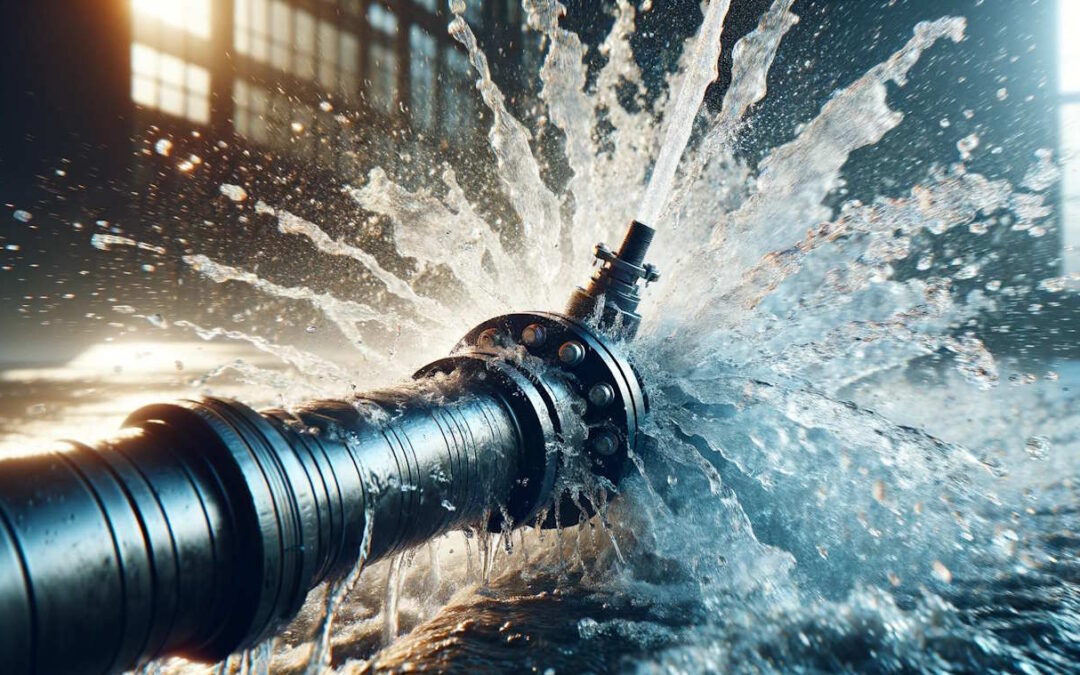In today's fast-paced world of smart technology, the stick-on water leak sensor is proving to be a revolutionary tool, particularly for those in the Industry QA field. With the increasing complexity of infrastructure, there is a heightened need for intelligent solutions to tackle potential challenges, making these sensors essential for ensuring safety and functionality across various environments. Their rapid leak detection capabilities provide a robust shield against water damagean issue that resonates strongly with industry professionals.
Incorporating stick-on water leak sensors into your standard procedures not only protects immediate surroundings but also elevates the overall reliability of managed properties. This is especially crucial for quality assurance sectors that prioritize oversight and preventive measures. These advanced sensors offer the technological edge necessary to preempt potential disasters.

How Do Stick-On Sensors Work?
What sets the stick-on water leak sensor apart from traditional models is its ease of application. With its adhesive design, it installs without disturbing existing setups, allowing flexibility in various environments. Once positioned, these sensors continuously monitor moisture levels, triggering immediate alerts to connected devices when anomalies are detected.
Consider the efficiency gained from having a discreet yet highly effective monitoring unit at every critical point within an operation. The user-friendly design and accurate notifications from the stick-on water leak sensor significantly reduce potential disruptions and enhance preventive maintenance efforts.
Technological Advancements in Industry QA
For businesses that rely on seamless operations, integrating smart technologies like the stick-on water leak sensor is vital. Alongside instant alerts, many systems provide trend data that enable Quality Assurance professionals to recognize patterns and proactively address issues. Moreover, adding these sensors to current systems is often straightforward and requires little retrofitting.
This seamless integration is discussed in detail in this resource, which outlines the significant benefits these systems provide in terms of foresight and preparedness against potential water damage scenarios.
Personalization and Oversight
A key advantage for Quality Assurance teams is the degree of control and customization offered by smart leak detection systems. You can adjust parameters to fit specific environmental needs, and alerts can be sent to multiple stakeholders for prompt action. This level of versatility allows QA teams to optimize the stick-on water leak sensor for unique requirements, ensuring stringent quality and safety standards.
Embracing Proactivity
Transitioning to the use of stick-on water leak sensors amplifies detection capabilities and encourages a strategic shift toward proactive measures. The consequences of unnoticed water leaks can be dire; thus, utilizing these devices emphasizes the necessity of proactive monitoring over reactive damage control.
QA experts can further delve into capabilities and opportunities by exploring resources like Smart Pipe Detection.
Why Focus on Water Leak Sensors in Industry QA?
From expansive manufacturing facilities to corporate offices, the significance of effective water management within the Industry QA framework cannot be overstated. Water damage can disrupt operations, endanger safety protocols, and inflate costs. Thus, the adoption of stick-on water leak sensors is crucial for protecting both financial and structural stability.
Research indicates that efficient deployment of these sensors leads to a noticeable reduction in unexpected equipment failures and operational downtime, as elaborated in this case study.
Investment vs. Savings
While the initial cost of smart technology can seem significant, the long-term savings are substantial. By averting potential water damagewhich is often both costly and impactfulbusinesses can maximize their resources. Additionally, the data collected from these sensors can influence broader strategic decisions, all aimed at sustaining operational excellence.
Data-Driven Decisions
Lastly, the detailed data from stick-on water leak sensors can serve as a foundation for informed decision-making across both operational and strategic aspects. Understanding water usage patterns, recognizing peak demand periods, and assessing the effectiveness of water management practices all contribute to a comprehensive insight that is invaluable for Industry QA professionals.
Supporting Continuous Improvement
The ongoing utilization of stick-on water leak sensors reflects an organization's dedication to enhancing its quality standards. By integrating these devices, companies further establish a culture of continuous improvement, vital for thriving in competitive markets.
This commitment also resonates with clients and customers, enhancing business reputation and fostering trust among both internal and external stakeholders. For more insights on how AI can shape such strategic implementations, check out IoT Leak Detector.

FAQs
What makes a stick-on water leak sensor effective?
These sensors feature simple installation, exceptional sensitivity to moisture changes, and quick communication, making them highly efficient for preventing hidden water damage.
How dependable are these devices in extensive environments?
Incredibly reliable; these sensors can be distributed throughout an area and integrated with existing systems for thorough monitoring, as discussed in Google Home Sensor.
What are the best practices for sensor placement?
It's best to position sensors near potential leak sources, such as under water tanks, close to pipes, or in basements, ensuring constant contact with possible water leak points.






